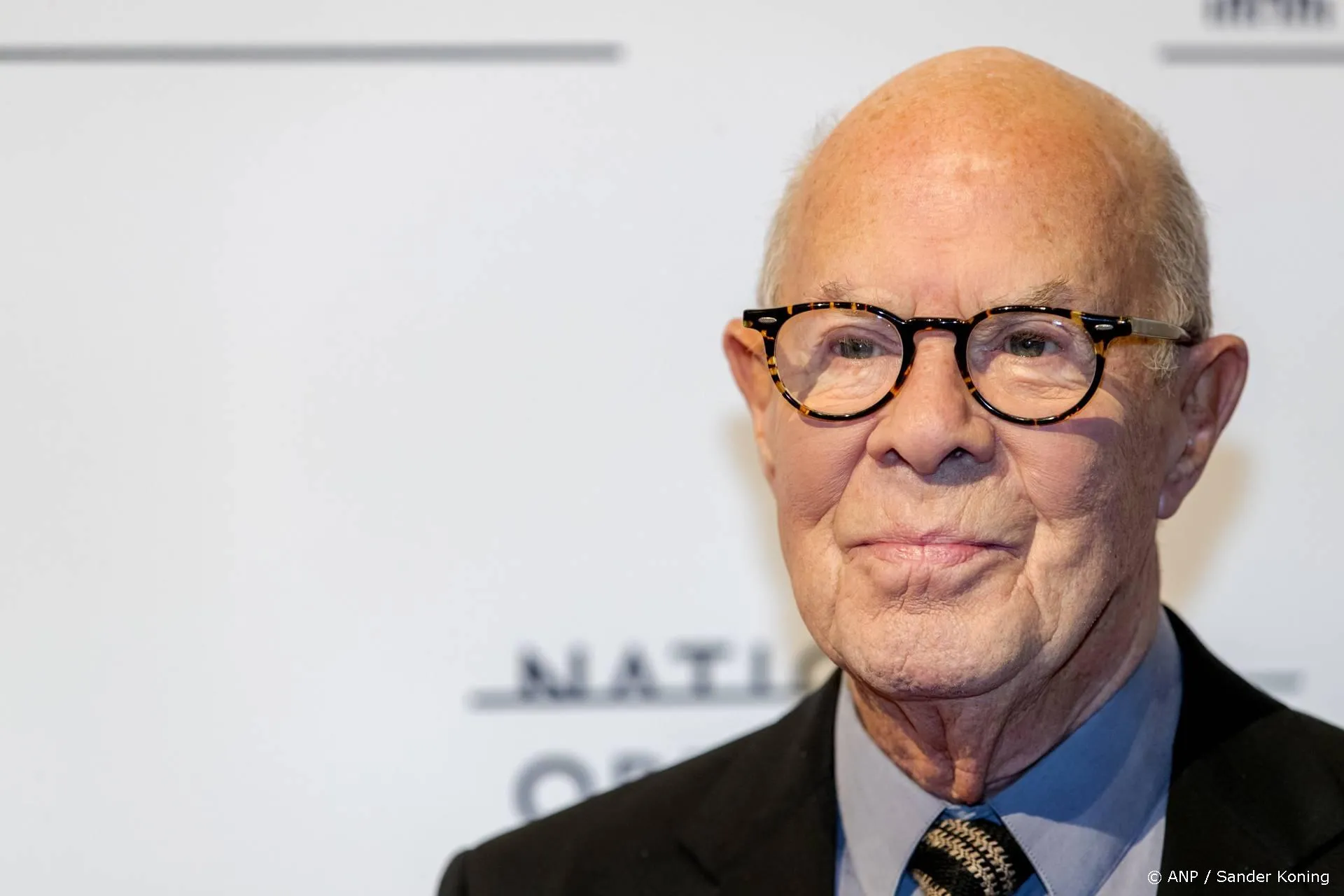Voormalig 'lead author' van het VN-klimaatpanel, John Christy, neemt stelling tegen klimaatestablishment
Getuigenis John Christy voor de 'Senate Committee Environment & Public Works'
Samen met Roy Spencer is John Christy in klimatologenland vooral bekend vanwege de door hen gepubliceerde temperatuurmetingen met behulp van satellieten, die door velen tot de meest betrouwbare temperatuurreeks wordt gerekend. Regelmatig wordt hij door de Amerikaanse Senaat uitgenodigd om zijn licht te laten schijnen over recente ontwikkelingen op klimaatgebied. De laatste tijd is er in de VS weer veel gedoe geweest over de droogte die grote delen van de VS heeft getroffen. Door een aantal professionele, alarmistische klimatologen werd deze aan klimaatverandering (onze schuld!) toegeschreven. Zoals gebruikelijk werd deze opvatting door vele media nagepapagaaid. In zijn verklaring voor de Senaat legt Christy uit dat de recente weersextremen ook in het verleden zijn voorgekomen.
Op haar blog publiceerde Judith Curry de belangrijkste conclusies die uit de voordracht van John Christy kunnen worden getrokken.
1. It is popular again to claim that extreme events, such as the current central U.S. drought, are evidence of human-caused climate change. Actually, the Earth is very large, the weather is very dynamic, and extreme events will continue to occur somewhere, every year, naturally. The recent extremes were exceeded in previous decades.
2. The average warming rate of 34 CMIP5 IPCC models is greater than observations, suggesting models are too sensitive to CO2. Policy based on observations, where year-to-year variations cause the most harm, will likely be far more effective than policies based on speculative model output, no matter what the future climate does.
3. New discoveries explain part of the warming found in traditional surface temperature datasets. This partial warming is unrelated to the accumulation of heat due to the extra greenhouse gases, but related to human development around the thermometer stations. This means traditional surface datasets are limited as proxies for greenhouse warming.
4. Widely publicized consensus reports by thousands of scientists are misrepresentative of climate science, containing overstated confidence in their assertions of high climate sensitivity. They rarely represent the range of scientific opinion that attends our relatively murky field of climate research. Funding resources are recommended for Red Teams of credentialed, independent investigators, who already study low climate sensitivity and the role of natural variability. Policymakers need to be aware of the full range of scientific views, especially when it appears that one-sided-science is the basis for promoting significant increases to the cost of energy for the citizens.
5. Atmospheric CO2 is food for plants which means it is food for people and animals. More CO2 generally means more food for all. Today, affordable carbon-based energy is a key component for lifting people out of crippling poverty. Rising CO2 emissions are, therefore, one indication of poverty-reduction which gives hope for those now living in a marginal existence without basic needs brought by electrification, transportation and industry. Additionally, modern, carbon-based energy reduces the need for deforestation and alleviates other environmental problems such as water and air pollution. Until affordable energy is developed from non-carbon sources, the world will continue to use carbon as the main energy source as it does today.
Judith Curry gaat door met commentaar op een aantal technische elementen van de voordracht van Christy. En vervolgt dan:
Ok, here is the blockbuster:
In Figure 2.1 below, [zie afbeelding in de voordracht] I display the results from 34 of the latest climate model simulations of global temperature that will be used in the upcoming IPCC AR5 assessment on climate change (KNMI [!] Climate Explorer). All of the data are given a reference of 1979-1983, i.e. the same starting line. Along with these individual model runs I show their average (thick black line) and the results from observations (symbols). The two satellite-based results (circles, UAH and RSS) have been proportionally adjusted so they represent surface variations for an apples-to-apples comparison. The evidence indicates the models on average are over-warming the planet by quite a bit, implying there should be little confidence that the models can answer the question asked by policymakers. Basing policy on the circles (i.e. real data) seems more prudent than basing policy on the thick line of model output. Policies based on the circles would include adaptation to extreme events that will happen because theyve happened before (noted above and below) and since the underlying trend is relatively small.
Voor de commentaren van Judith Curry lees verder hier.
Daarnaast zijn Christy's opmerkingen over de monopolisering van de wetenschap die binnen de klimatologie heeft plaatsgevonden het overdenken meer dan waard.
The term consensus science will often be appealed to regarding arguments about climate change to bolster an assertion. This is a form of argument from authority. Consensus, however, is a political notion, not a scientific notion. As I testified to the Inter-Academy Council in June 2010, wrote in Nature that same year (Christy 2010), and documented in my written House Testimony last year (House Space, Science and Technology, 31 Mar 2011) the IPCC and other similar Assessments do not represent for me a consensus of much more than the consensus of those selected to agree with a particular consensus. The content of these climate reports is actually under the control of a relatively small number of individuals I often refer to them as the climate establishment who through the years, in my opinion, came to act as gatekeepers of scientific opinion and information, rather than brokers. The voices of those of us who object to various statements and emphases in these assessments are by-in-large dismissed rather than acknowledged. This establishment includes the same individuals who become the experts called on to promote IPCC claims in trickle-down fashion to government reports such as the endangerment finding by the Environmental Protection Agency. As outlined in my House Testimony, these experts become the authors and evaluators of their own research relative to research which challenges their work. But with the luxury of having the last word as expert authors of the reports, alternative views vanish.
De volledige tekst van de voordracht van John Christy is hier te vinden.
Let wel! Het gaat hier niet om de opvattingen van een willekeurige blogger, maar om die van een professionele klimatoloog en voormalig 'lead author' van het IPCC, die talloze 'peer-reviewed' publicaties op zijn naam heeft staan en bovendien vele wetenschappelijke onderscheidingen heeft ontvangen.
Ga verder met lezen
Dit vind je misschien ook leuk
Laat mensen jouw mening weten
Lees ook
Loading


